8th grade raising ‘trout in the classroom’
By Kate Hayden, khayden@charlescitypress.com
Swimming at the bottom of the tank in the eighth grade wing is about 300 rainbow trout –– although you’ll have to look twice to find them.
“Trout in the Classroom” is a national program sponsored by conservation group Trout Unlimited. This is the fifth year social studies teacher Ryan Rahmiller has hosted the program in Charles City Middle School, where students care for the fish from eggs to their eventual release in Iowa trout streams. Rahmiller introduced the program to Charles City in 2012, with the help of Trout Unlimited’s Iowa Driftless chapter.
The 45 gallon tank sits in the wet prep room in between classrooms in the eighth grade wing. It’s equipped with a chiller to keep water between 52-56 degrees and a water filter to simulate the trout’s natural environment.
“In 2012 we were fledglings at it that year,” Rahmiller said. “We had a massive fishkill that year and learned our lesson.”
The trout eggs usually arrive from Manchester, but this year the eggs arrived from Montana. Hatching depends on temperature, and by the time they arrive in Charles City, it’s usually about four to five days before the eggs hatch.
“It’s a haul,” Rahmiller said. “The eggs are very durable. They can ship them around the world as long as they keep them damp … if you’re talking about a small number, you can wrap them in a damp cloth. They’re very similar to a tapioca pudding ball.”
Trout evolve through a life cycle after hatching, starting at the alevin stage when they feed from a yolk sack underneath their head. That lasts about two weeks, as the trout grow and start to swim similarly to adult fish. Once the yolk sack disappears, middle school students will begin feeding the trout until the fish are large enough to be released.
Students take water tests of the tank twice a day, checking pH, ammonia, chloride levels and water temperature to watch out for the fish’s health.
“Water that trout live in has to be pretty pure. It’s a pretty delicate environment in there,” Rahmiller said. “When the power went out on Saturday at the wrestling meet, we had some kids here that were pretty concerned. We didn’t have any problems, thank goodness.”
Student J.J. Ritter didn’t really know much about trout before taking on the optional project, but he knew he liked fishing and the outdoors, he said.
“I just wanted to know more about it,” Ritter said.
Students got the tank set up a month before the eggs arrived, said Ritter and classmate Trever Heitz. The students have been tracking the school’s development as they grow.
“In the next few days, we need to start giving them food,” Heitz said. “Every Wednesday we have to clean the tank, take water out and put more in … Right now there hasn’t been a whole lot of cleanup since they haven’t started eating, but here in the next couple of weeks we’ll have to clean out the waste.”
Rahmiller meets with the 22 students caring for the fish once a day, discussing issues that surround rainbow trout and their environment –– including issues in discussion at the state Legislature level.
“We talk about how rainbow trout came to Iowa, the Iowa DNR’s role in the trout fisheries … we’ll talk a little bit about agriculture and the connection to water quality,” Rahmiller said.
The students will release the trout into a natural stream that already hosts a population of trout. The fish, which could measure more than 20 inches by the time they are fully grown, will be range from three to four inches at time of release –– after four months in Charles City.
Students have always taken ownership of the growing school of fish, Rahmiller said.
“Students will usually wander in there before class and just see how their fish are doing. They’re very protective, they want to make sure things are right in there. They report any issues or problems right away,” Rahmiller said. “It caters to the interest of certain students, those that are outdoor-minded or conservation.”
“It’s more hands-on,” Heitz said.

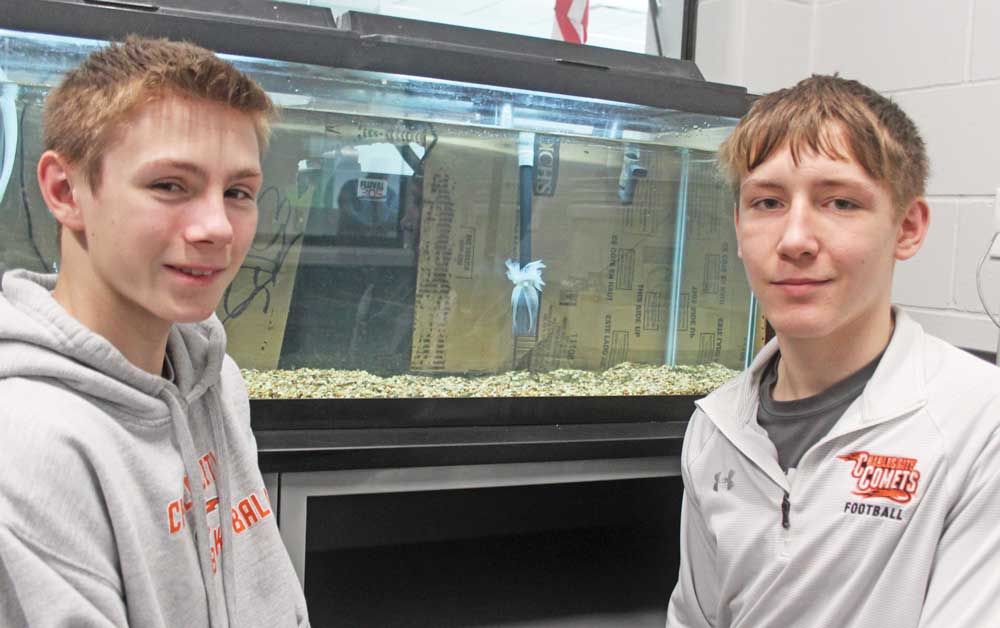
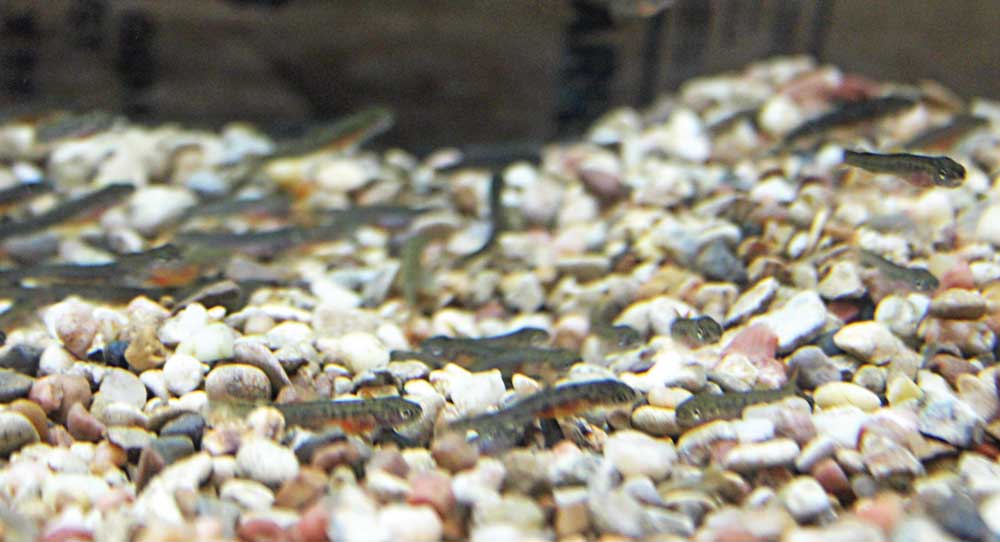
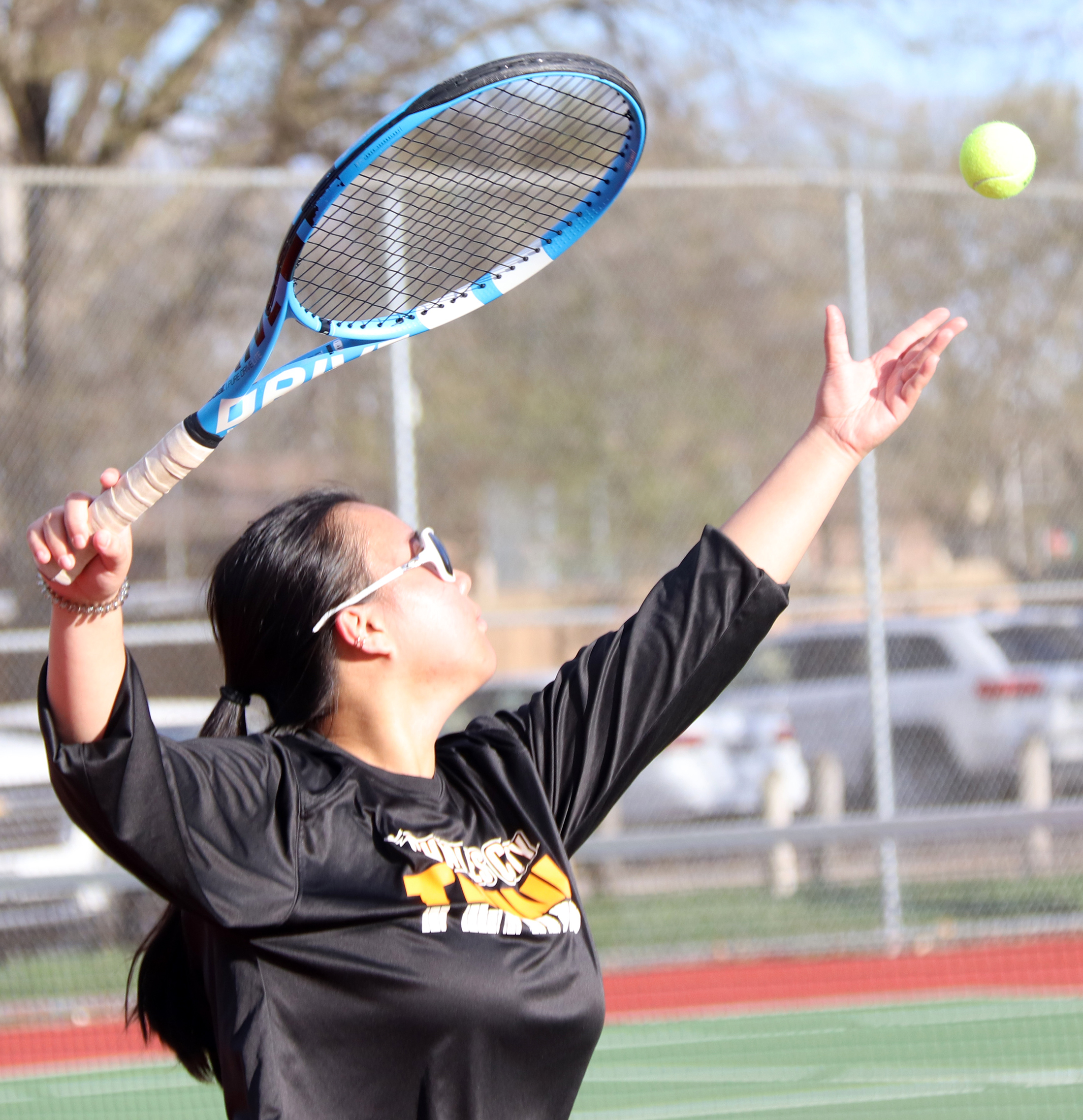
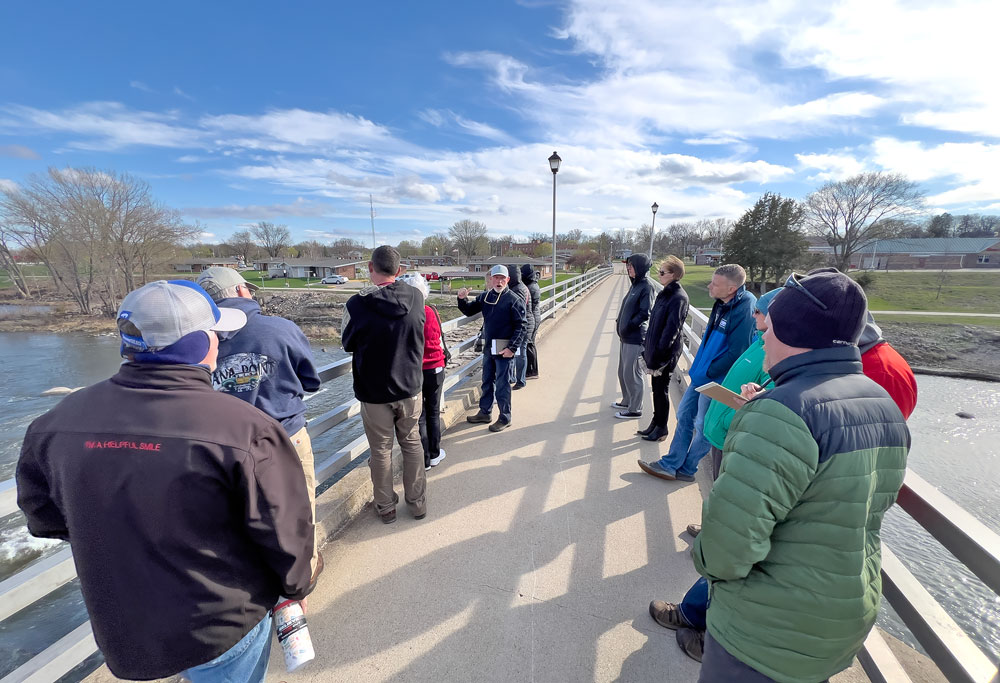
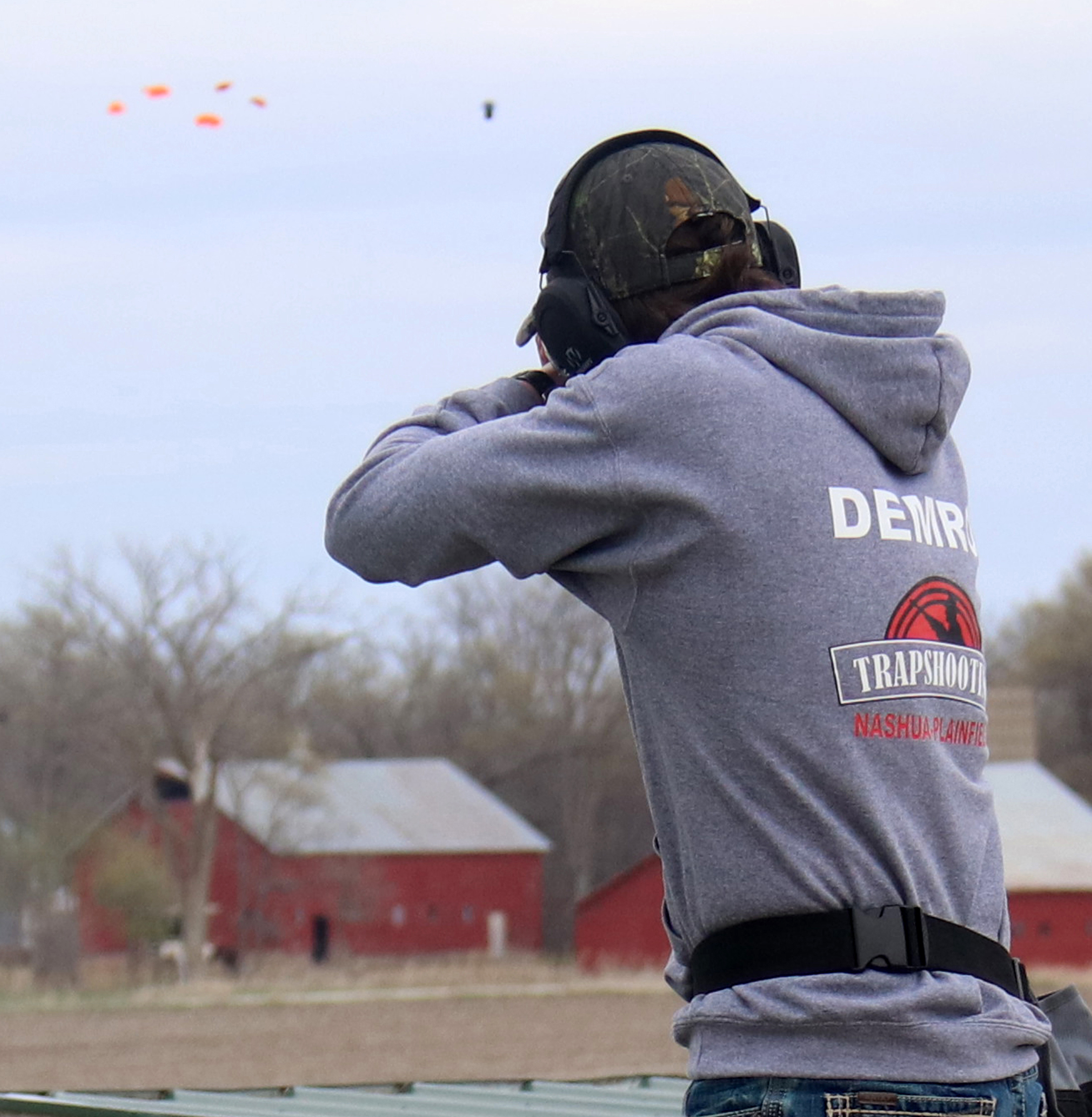
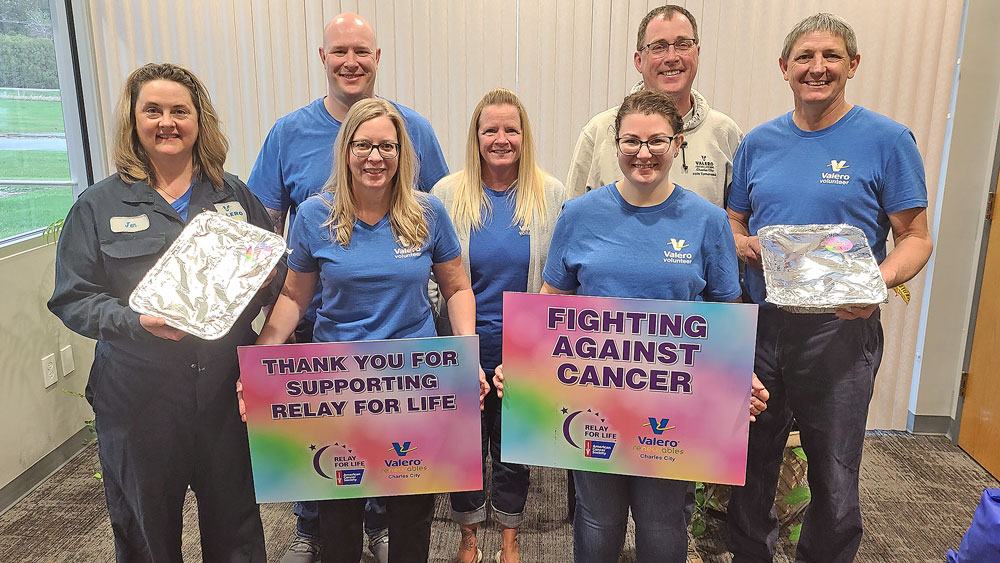


Social Share